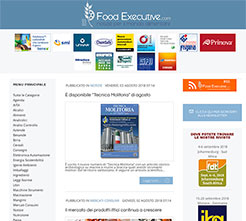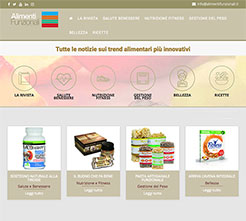Articles
Compound feed production estimates for 2018 and outlook for 2019
The industrial compound feed production for farmed animals in the EU-28 in 2018 reached an estimated level of 161 mio. t, i.e. 0.8% more than in 2017, according to data provided by Fefac members.
As regards to cattle feed, 2018 was affected more than usual by weather conditions, with drought and heat wave which severely impacted forage production. This has resulted in a significant increase in the compound feed demand although it is not so dramatic as the effect may become visible in early 2019 when stocks of forages are further diminished. Farmers in certain countries have also been sending cows to slaughter, which not only lowered the milk production but also the feed demand. All in all, the demand for cattle feed in 2018 is estimated to be 2.5% higher than in 2017.
Concerning poultry feed production, the overall production increased by 1%. EU poultry feed production remains the leading segment of EU industrial compound feed production, well ahead of pig feed.
On the pig feed side, the setback recorded in 2016 and 2017 was confirmed in 2018 (-1%), despite an increase in pork production: the drop in pork prices in the second half of 2018 led to a sharp reduction of sows in a number of countries.
For the fifth year in a row, Poland was the best performing country, with annual growth of total compound feed production of +5.5%, boosted equally by the demand for poultry, pig and dairy feed. Among the largest compound feed producing countries, France and Italy maintained their production of compound feed, whereas Spain, the Netherlands and Germany recorded a drop of around -1%/-1.5% and the UK increased its production by almost 4%. Germany strengthened its position as the leading EU country in terms of total compound feed production, ahead of Spain and France.
The final estimate and detailed breakdown of the 2018 figures (including national estimates) will be issued in June 2019 in the margins of the FEFAC Annual General Meeting.
Market outlook for 2019
Fefac market experts are rather pessimistic concerning industrial compound feed production in 2019. Although an increase may still be expected during the first months of 2019, the demand for cattle feed has been at a rather high level over the last 3 years. Assuming normal forage growing conditions, the demand for cattle feed would decrease by 2%. Concerning the pig sector, the reduction in the number of sows is set to continue in the first half of 2019. This is expected to weigh on the demand for pig feed and a reduction of the demand for compound feed of 0.5% can be anticipated. The future evolution of the demand for poultry feed in 2019 will be mostly conditioned by international trade. In case the EU can maintain its export levels as well as rely on a still growing internal consumption, a 1% growth in poultry feed can be expected. Overall, this would lead to a moderate 0.5% decrease in compound feed production in 2019 vs. 2018.
A number of parameters will evidently affect this outlook: the evolution of outbreaks of Avian Influenza and African Swine Fever will be decisive, in particular in terms of preserving EU export capacities. The possible impact of Brexit is difficult to foresee but a no-deal Brexit is likely to deeply affect trade in livestock products and, therefore, the feed demand.








